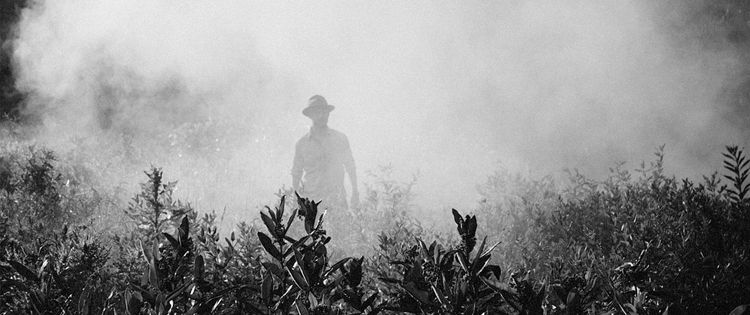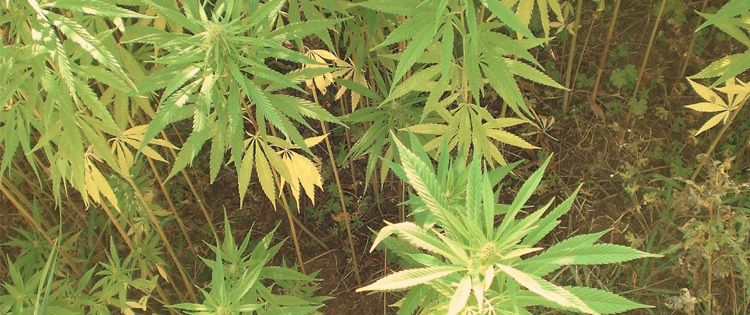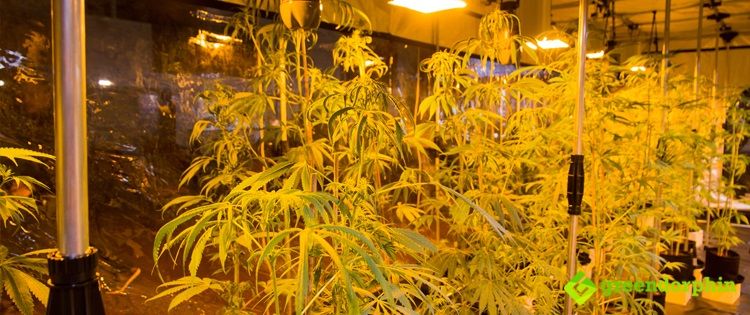Cannabis has an unmatched safety profile as a therapeutic substance. It is so safe that it cannot kill you, regardless how much of it you take. Nobody has ever died from cannabis. You might have a wild experience that may last from an hour up to 12 hours, however, it does not cause any harm to your body.
If that is the case, you might be wondering, how come anti-cannabis propaganda still tries to portray marijuana as dangerous?
You hear it all around the world, for example, Australian Health Minister, Greg Hunt has recently said that he is trying to block terminally ill patients from being able to import cannabis medicine faster as they would bring “unsafe, unregulated and even deadly hashish” into Australia.
Cannabis products and deadly in the same sentence? It is very misleading as obviously cannabis isn’t deadly, it can only become dangerous when it becomes contaminated.

This contamination is mostly due to pesticides used during production and in some rare cases, it can be fungi or bacteria contamination as well.
Pesticides are a far larger issue, although fungi and bacteria can be very dangerous as well, most especially for patients with already compromised immune systems.
In this article, I will focus on pesticide contamination, why it is happening and how it can be avoided.
The contamination issue has been created by the prohibition and war on drugs, most agricultural and horticultural products don’t have such issue.
Pesticides are strictly labelled and they are only to be used as per the instructions. Common sense, however, due to the prohibition, cannabis is a Schedule 1 substance and it is illegal to grow. Therefore, no pesticide is produced and labeled for cannabis. No doses and instructions to follow, significantly increase chances of using inappropriate chemicals and doses.

Growers are literally guessing and even though they develop their preferred range of pesticides and doses with trial and error, it leaves more room for error in terms of residues and contamination.
This is clearly the case with Myclobutanil.
It is a widely used inorganic fungicide around the world to control a range of fungal disease, including application on many fruits and vegetables.
It is used mostly on grapes, however, also approved for a massive range of other plants, such as Cherry, Maple, Apples and Peaches to mention only a few.
Cannabis is a rather resilient plant and pest protection is not a huge problem, as long as the plants are grown in an environment that somewhat resembles their natural habitat.
The cannabis plant is native to most parts of the world, so outdoor production does not require a whole lot of pesticides if any. However, the prohibition and even the highly regulated indoor growing environments of the legal states are pushing the growers indoor.

These indoor growing environments represent a more challenging scenario as they often create favorable conditions for pests to establish themselves.
For example, the indoor growth rooms tend to be highly populated and reliant on artificial ventilation. This environment is ideal for fungal diseases, such as Powdery mildew to develop.
Powdery mildew loves humid and warm environments and grow rooms are literally perfect for it to grow.
Myclobutanil is one of the most popular fungicides to fight Powdery mildew as it is very effective at it. It is sprayed on grapes all around the world to help farmers save their crop from this fast spreading fungi.
Works well and even reasonably safe, however, there is one problem with it, that makes it totally unsuitable for crops like tobacco and cannabis.

The problem is that it turns into Hydrogen Cyanide and other poisonous gases, such as hydrogen chloride and nitrogen oxides when heated.
Hydrogen Cyanide is the main issue, also called prussic acid, is a colourless, extremely poisonous and flammable liquid that boils slightly above room temperature, at 25.6 °C (78.1 °F).
This is obviously not a substance anyone would want to inhale. In a regulated cannabis world, it would be reasonably easy to avoid Myclobutanil to be used on cannabis and also to create more favourable growing conditions. Therefore, there would be less need to prevent or cure Powdery mildew with inorganic chemicals in the first place.
Also, in regulated markets, cannabis can be easily tested for contaminants to ensure that even if contamination happens, there is an extra level of protection to stop contaminated products reaching consumers.
Cannabis can only become dangerous when dangerous substances are added to it or come in contact with it at any stage.

It does not require pesticides to grow. It can be grown outdoor organically with ease due to its natural pest resistance.
The pioneer cannabis markets of Colorado and Washington states, as well as Canada, are currently going through the learning curve with pesticides contamination and unfortunately, many patients and consumers end up using contaminated cannabis.
Myclobutanil is banned from cannabis production in Colorado, Washington and Oregon and it is also banned by Health Canada. Despite the ban, contaminations still occur and more needs to be done to ensure strict laws and regulations for pest management on cannabis to protect the health of all patients and users.
Share your views with our community in the comments below.
- Nimbin Medican – Educating Australians About Medical Cannabis - January 28, 2020
- Pill Testing and Roadside Drug Testing – When is it Appropriate to Test for Drugs? - August 2, 2019
- The Australian Cannabis Summit in Review - July 16, 2019


